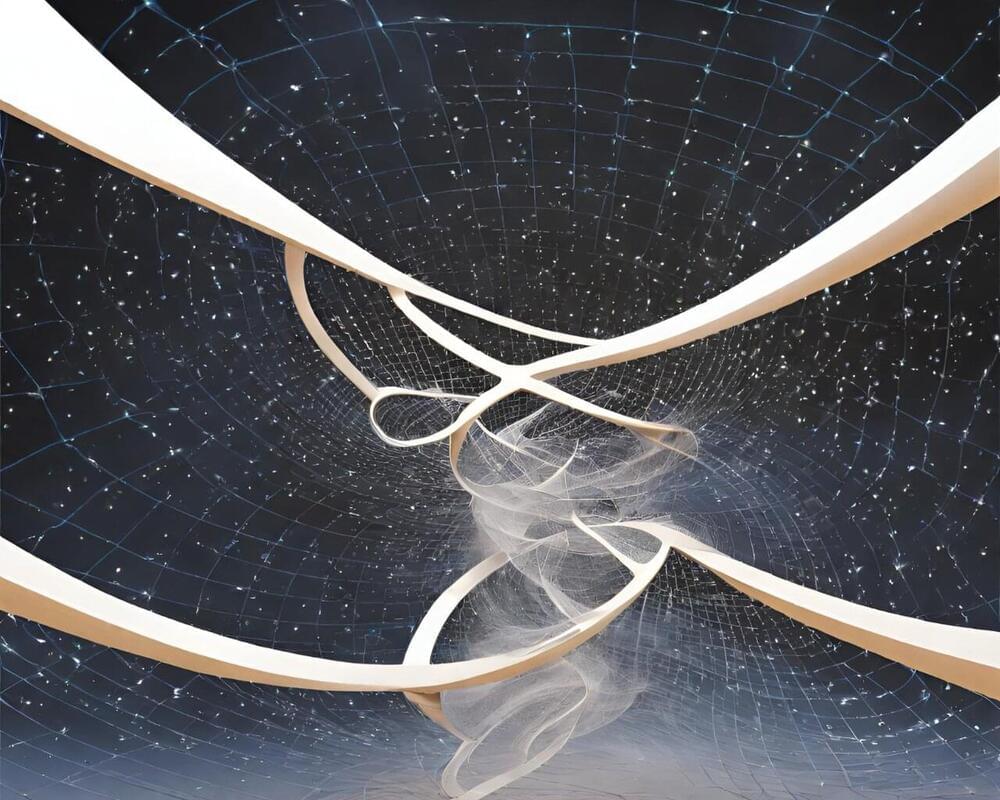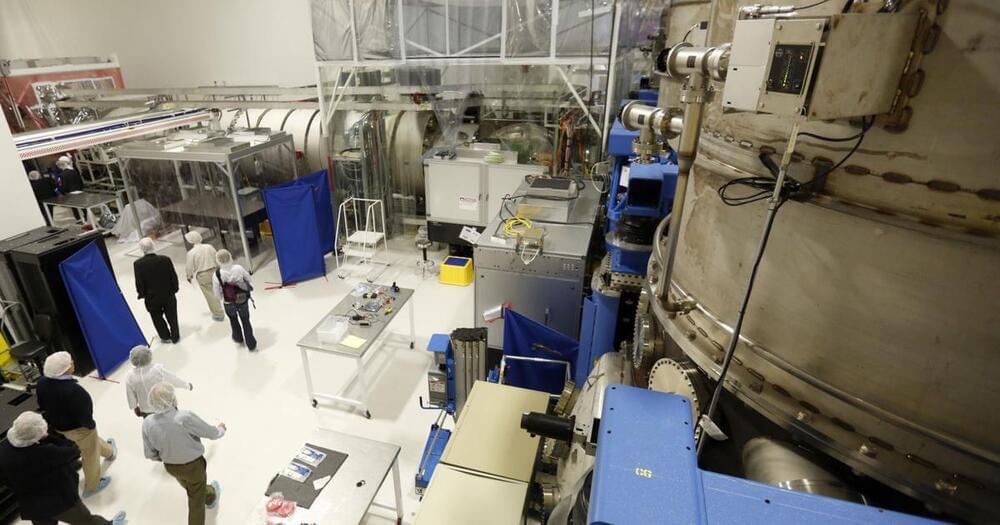Jan 6, 2024
Neutron Stars — The Most Extreme Things that are not Black Holes
Posted by Shubham Ghosh Roy in categories: cosmology, futurism
Get your 12,020 SPACE Calendar here: https://shop.kurzgesagt.org/
WORLDWIDE SHIPPING IS AVAILABLE!
This year’s calendar focuses on the future of humanity and how we will explore space in the next 10,000 years.
We want to get you the best shipping fees. So If you’re located in the EU, please order from our EU-warehouse. If you’re located anywhere else in the world, please go to our World Wide Shop. (The link is the same you will be asked to choose your location once you are there.)
Thanks to everyone for the support!
Continue reading “Neutron Stars — The Most Extreme Things that are not Black Holes” »


















